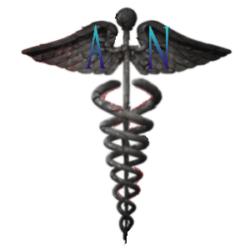Blood sample collection and delivery to labs is a crucial process in healthcare for diagnostic purposes. Here’s an overview of the typical steps involved:
Blood Sample Collection:
- Preparation:
- The healthcare professional starts by preparing the necessary equipment, including sterile collection tubes, needles, alcohol swabs, and bandages.
- Patient Preparation:
- The patient is usually asked to fast for a certain period before the blood draw, especially for tests that require fasting.
- Venipuncture:
- A tourniquet may be applied to make veins more visible and accessible. The healthcare professional cleans the puncture site with an alcohol swab.
- A needle is then inserted into a vein, usually in the arm, to draw blood into one or more collection tubes.
- Blood Collection Tubes:
- Different tubes may be used for various tests to ensure proper preservation and separation of blood components.
- Labeling:
- Each blood collection tube is labeled with patient information, date, and other necessary details.
- Post-Collection Care:
- After drawing the blood, the healthcare professional removes the needle, applies a sterile bandage to the puncture site, and ensures the patient is comfortable.
Blood Sample Delivery to Labs:
- Transportation:
- The collected blood samples are carefully packaged to prevent breakage or leakage during transportation.
- Temperature Control:
- Some samples may need to be kept at specific temperatures to preserve the integrity of certain blood components.
- Documentation:
- Relevant paperwork, including test requisition forms, is often included to provide the lab with necessary information.
- Courier Services:
- Samples may be transported to the laboratory using dedicated medical courier services, ensuring timely and secure delivery.
- Lab Reception:
- Upon arrival at the lab, the samples are checked in, and the information on the tubes is verified against the accompanying paperwork.
- Processing:
- The lab technicians then process the blood samples, which may involve centrifugation, separation, and preparation for analysis.
- Testing:
- The collected blood is analyzed based on the specific tests requested by the healthcare provider.
- Result Reporting:
- Once the tests are completed, the laboratory sends the results to the healthcare provider, who can then discuss the findings with the patient.
It’s important to note that the entire process is carried out with strict adherence to hygiene and safety protocols to ensure the accuracy and reliability of the test results. Healthcare professionals and laboratories follow guidelines to maintain the quality of blood samples and the integrity of the diagnostic process.

